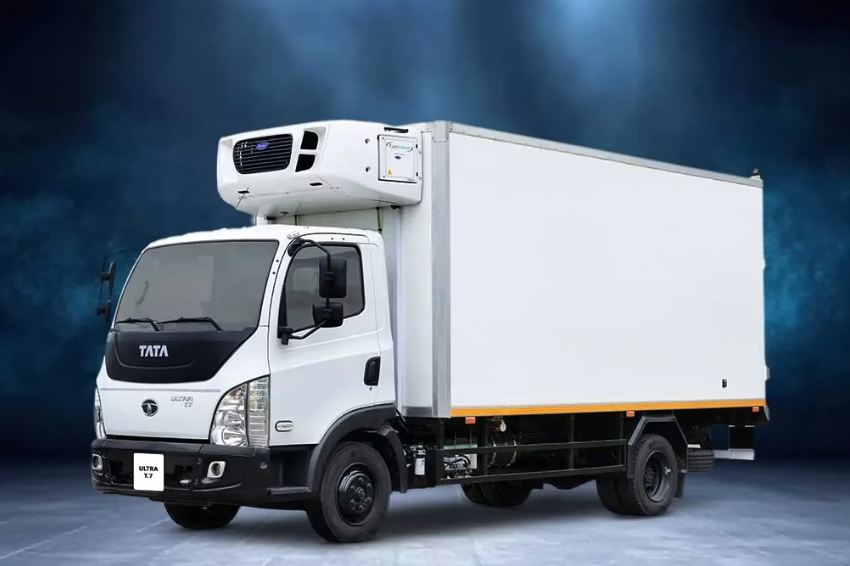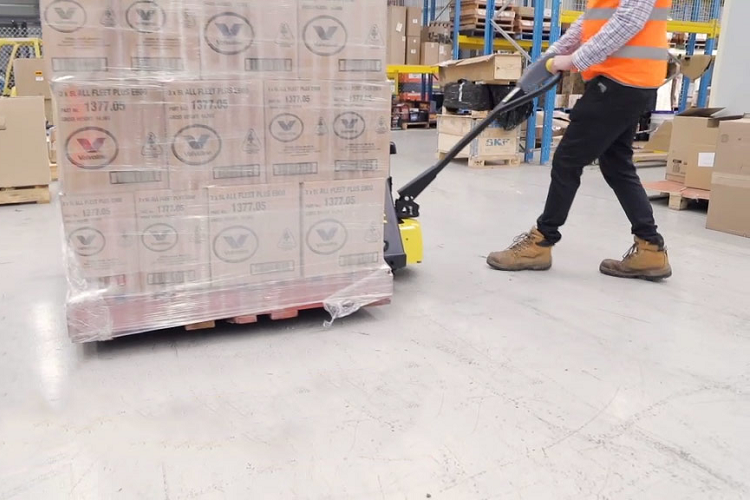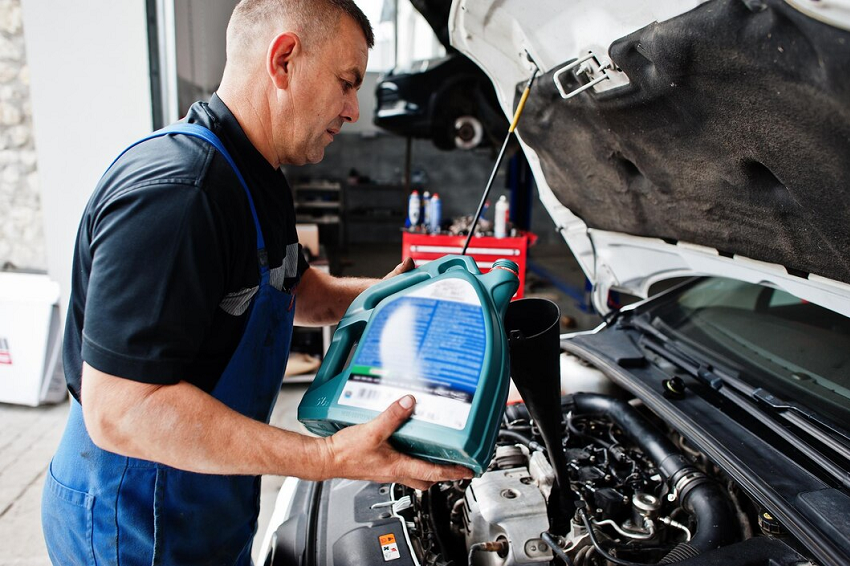Fleet management has a number of components to it and the stream of data required to efficiently manage a fleet is vast and varied. One of the first tools used in the logistics industry to monitor the movement of cargo was the driver’s log. This was a physical document that was produced by the driver to record their driving hours and miles traveled. This document was used by the logistics company to improve efficiencies.
The modern-day equivalent of the driver’s log will be the Electronic Logging Device (ELD). The ELD is one of the most crucial pieces of hardware required to monitor fleet movement. It is so crucial that there is now a law that mandates all fleet operators to have ELDs installed in their vehicles.
What are ELDs?
Electronic Logging Devices (ELDs) are part of hardware that is attached to commercial vehicles, like – trucks. This device records telemetry data from the vehicle’s engine and stores it on board.
The data that this device records is synchronized to the vehicle’s engine control unit (ECU) to provide information such as engine idle time, number of hours driven and distance covered. ELDs are now mandatory for all commercial vehicles mainly due to the fact that there are a set of rules that govern the number of hours the driver of a commercial vehicle can be behind the wheel, this set of rules in the United States is known as Hours of Service (HOS).
The data from the ELD is used to ensure that drivers are adhering to the HOS rules. These rules were set in place to improve driver safety by ensuring that drivers are not on the road for long stretches at a time which can cause driver fatigue and lead to road accidents.
Features of ELDs
Modern ELDs come packed with features that produce data that can be used to improve efficiencies in various aspects of a business. These features are:
Direct Data Transfer
There are a number of ELDs that can transmit data directly to the base via wifi or mobile data.
Location Data
Some ELDs come with an onboard GPS tracker that allows supervisors to track their fleet.
ECU Sync
ELDs are connected to the Engine Control Unit (ECU) of the vehicle to provide telemetry data like, engine run time, idle time and erratic driving behaviour.
Certifications
Some ELDs provide a certificate of driver performance at the end of every 24 hours, allowing supervisors to keep a track of their performance.
Tamper Prevention
ELD’s are tamper-proof and the data they transmit is authentic and accurate. This allows the data to be used to safety personnel to monitor HOS.
Audio Controls
There are some ELDs that also come with voice controls to enable or disable certain features.
Why should you use a Truck Dash Cam alongside an ELD?
A Truck Dash Cam is a great addition to your fleet. This dashcam will provide you a video feed of the events taking place inside or outside your vehicles. Most dash cams are also connected to your vehicles ECU to automate the power on and power off processes. Most Truck Dash Cams come with an ‘auto power on’ feature that turns the dashcam on as soon as the engine is started. Dashcams also have a feature that starts recording if the vehicle is impacted when the engine is off. All these features make dashcams great for incident recording. Here are some reasons you should use a dashcam alongside your ELD.
Monitor Erratic Driving
If the ELD of a vehicle is reporting erratic driving behavior from the driver, some dashcams allow supervisors to switch on the cabin dashcam to check on the driver.
Incident Reporting
In case of an incident, the dashcam footage can be used alongside the ELD to provide a complete picture of the event. This can also be used to determine if driver fatigue due to excessive HOS was a factor in the incident.
Security
Modern truck dash cams come with features that help enhance the security systems on your vehicles. Features like impact detection record the exterior and interior of the vehicle if an impact is detected.
Fleet management requires a large amount of accurate data. Traditional methods of logging data about a commute are vulnerable to human error, so your best bet to get an accurate picture of your fleet and its movement is to use telemetric hardware like ELDs and Truck Dash Cams. These pieces of hardware are designed to provide the clearest picture of an incident and can also help supervisors determine the cause of an incident and prevent it in the future.






